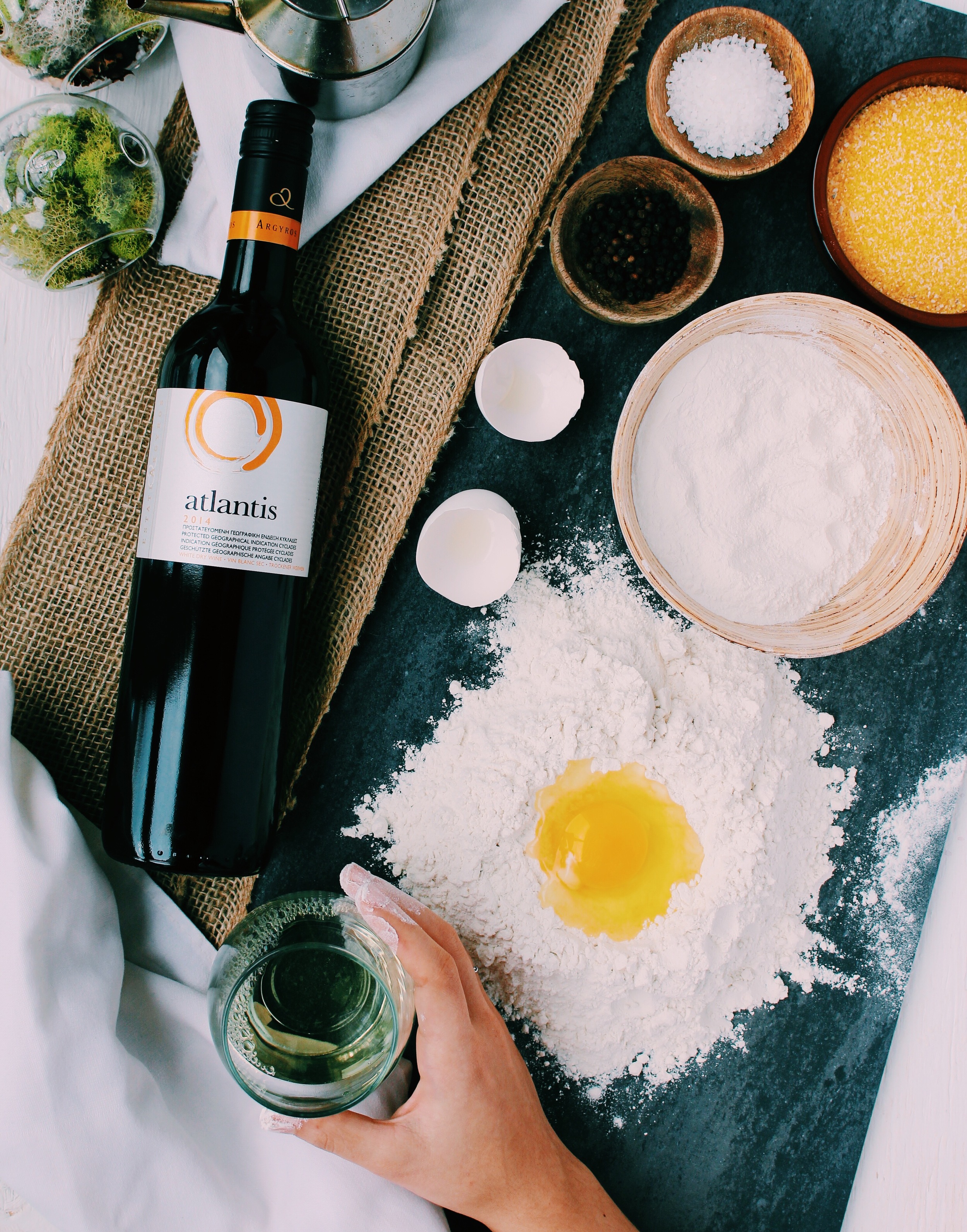Cooking With Wine 101

The delightful experience of having wine with a meal is difficult to be described, and by making the right selection with regards to the right cooking wines you can enhance your pleasure tremendously.
Adding wines to your recipes can enrich the flavors of your best dishes making them a lot more appetizing and delectable. Wines are commonly used in the cooking world because they add flavor and zest. They are also effective at releasing flavor nuances from foods which would not be achieved by normal cooking alone.
However, there are several categories of wines that complement a variety of foods whether it be red or white wines, sherry, sparkly champagne; or grape vine types like Merlot, Sauvignon Blanc etc. With the wide selection of wines to choose from, picking a wine can be quite tricky. The key is to figure out what the professionals use.
There used to be a rule that red wine only complements red meat, and white wine only goes with white meat. Even though it's not necessarily true any longer (classic Coq Au Vin is made with red wine), a good number of chefs still go with that as a rule of thumb.
Red Wine
For red meat and sauces like a Bœuf Bourguignon, full-bodied red wines work well. You can make tomato sauce-based dishes such as pasta or pizza with a Merlot or similar wine. If you are using root veggies with beef stock, then earth-red, full-bodied wines are what the chefs recommend.
White Wine
White wine is more often used with white meat and it is recommended for light colored dishes. White wine is best for pork, chicken, seafood and shellfish dishes. You could spice up grilled chicken by adding a sauce made with dry, white wine and butter.
Fortified wine
Fortified wines are wines that are fortified with extra neutral alcohol and aged for a longer period. Good examples are sherry, port, and vermouth. Sherry is fantastic for poultry and even vegetable soups. For sweet, fruity recipes or desserts, add some port or vermouth. I often muddle strawberries with port and a bit of brown sugar as an easy dessert. Vermouth is also a great substitute for white wine.
Cooking wine
Cooking wines are generally lower-priced wines that use salt as a preservative. They are generally sold at grocery stores. Some chefs disdain the use of cooking wines due to the fact that the salt content is difficult to work with. Certain adjustments are needed to work with the saltiness.
Exotic wines
You could experiment cooking with exotic wines such as Asian wines, which are common in cooking. some examples are Beksuju, a wine made in Korean from raw rice and herbs used in vegetable dishes, sake, a rice-based wine from Japan used in many Japanese dishes, and Seol Joong Mae, a fruit wine used for desserts and fruity dishes.
Finally, as a general rule only cook with wines that you can drink. You wouldn’t want to cook with something you wouldn't want to taste. After adding your wine, make sure it cooks for 5-10 minutes before serving because wine needs to simmer for some time before it can give flavor to your food.
Here are some recipes to get you started!













The winter blues are a real thing. SAD, or seasonal affective disorder, is a type of depression that is triggered by changes in the seasons. With shorter days and cooler temperatures, it's no wonder that many people feel blue during the colder months. If you find yourself frequently feeling down during the winter, it’s not just because it’s dark and cold outside; there’s actually a scientific explanation for why you might be feeling so glum at this time of year.